Pyotr Andreyevich Zagorsky is a famous domestic scientist, professor emeritus and rector of the St. Petersburg Medical and Surgical Academy, which he directed in the 19th century. He specialized in anatomy, taught at the Department of Anatomy and Physiology. In 1828 he became a member of the Russian Academy of Sciences, entered the Imperial Academy of Sciences, was an honorary member and member of various scientific societies and institutions. In 1794-1795 he took part in the military campaign of Suvorov. Believed to be an evolutionist.
Biography of a scientist
Pyotr Andreyevich Zagorsky was born in 1764 in the small village of Ponornitsa in the territory of Novgorod-Seversky district. Now this settlement is located in Ukraine in the Chernihiv region.
His father was a priest in the Ponornitsky parish. The hero of our article received his primary education at home, and then entered the Chernigov college. He showed serious success in his studies, so he decided to go to medicine, having graduated from the medical and surgical school at the St. Petersburg General Hospital.
Significant in the biography of Pyotr Andreyevich Zagorsky was 1799, when he published three scientific works devoted to anatomy. For them, in the same year, he received the title of professor of medicine and began to teach physiology and anatomy at the Medical and Surgical Academy of St. Petersburg.
University Career
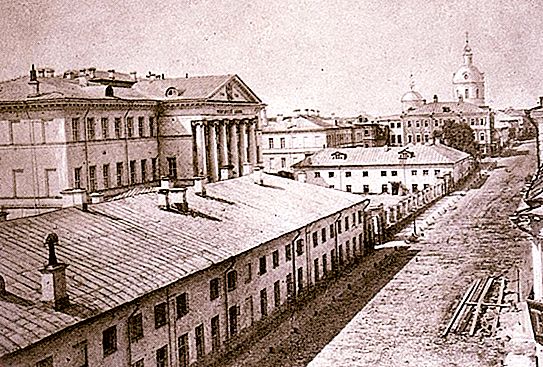
In the future, the successful career of Peter Andreevich Zagorsky went uphill. A year later he received the appointment of an ordinary professor at the same university, and in 1801 he entered the history of Russian science as the author of the first Russian textbook on anatomy. This was a book that was first published under the title “Abridged Anatomy, or“ A Guide to the Knowledge of the Structure of the Human Body. ”The textbook was published in St. Petersburg, and in two parts at once. It instantly spread to the largest medical institutions in the country, becoming a reference book of all domestic anatomists, after which the book was repeatedly reprinted.
In 1803, Petra Andreevich Zagorsky became chairman at a conference of professors at the Medical and Surgical Academy. Until 1805, he held the post of rector for science, and when Peter Frank became the head of the university, the hero of our article became his deputy.
In 1805, Pyotr Andreyevich Zagorsky, whose photo is in this article, was awarded the title of Adjunct in Physiology and Anatomy at the Imperial Academy of Sciences. So already governmental and scientific structures recognized his high achievements in this area. Two years later, Zagorsky received the title of extraordinary academician at the same academy, and in 1808 he headed the medical and surgical educational institution as a rector.
Academician Zagorsky began to lead the university since 1809. He worked at the Department of Anatomy until 1833. Another important fact in his biography was the receipt of the status of an honorary member of the Imperial Moscow Society of Naturalists.
The hero of our article died in 1846 after a long illness. At that time he was 82 years old.
Scientific research
Descendants highly appreciate the contribution to medicine of Peter Andreevich Zagorsky. His main merit lies in the fact that he is considered the founder in our country of an independent anatomical school. Moreover, it was Zagorsky who was the first in Russia to lay the foundations of comparative and experimental physiology. If before that, for many years, Russian scientists based solely on the work of foreign researchers, now they have their own powerful scientific base, which allowed them to step up the Russian anatomy.
School of Anatomy
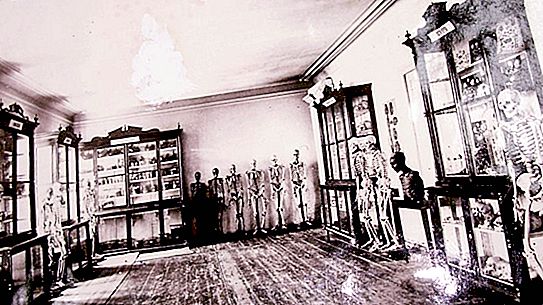
Pyotr Andreevich Zagorsky and his scientific anatomical school were formed initially on the basis of the almost-native medical and surgical academy in St. Petersburg. There, the hero of our article began conducting the first obligatory classes in corpses in Russian history.
Before that, they met at medical universities from time to time, but now Zagorsky decided that at his academy they would be an integral part of the educational process.
Anatomy Works
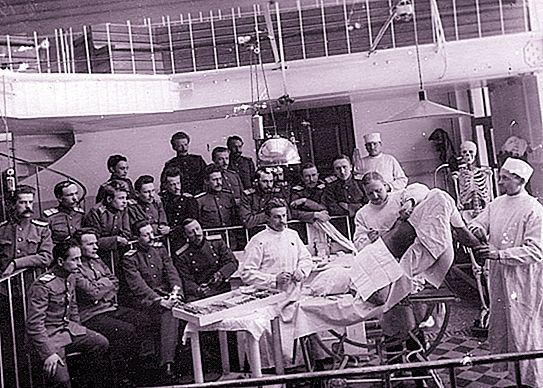
An interesting fact: Pyotr Andreyevich Zagorsky was an ardent supporter of the evolutionary view of anatomy, which was not typical of the modern scientific community. Based on his beliefs, confirmed by himself and by numerous later studies, Zagorsky left a large number of works on the mechanism and occurrence of anatomical anomalies, with much attention paid to comparative anatomy.
Many of his works became desktop textbooks for several generations of Russian anatomists. But it is worth saying about his unpublished works. Among them there is an amazing work entitled "Comparative study of the nervous system of vertebrate animals", which was appreciated only many years after the death of its author.
In a brief biography of Pyotr Andreevich Zagorsky, which is presented in this article, it is necessary to note the fact that he became the compiler of the anatomical and physiological dictionary. Many contemporaries of the hero of our article wrote enthusiastic reviews about him, but, unfortunately, he has not survived to this day.
Proceedings of the anatomist
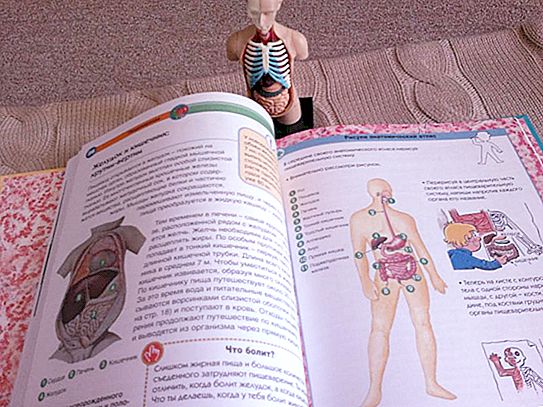
In his work, only Peter Andreevich Zagorsky adhered to the facts. In total, he published more than sixty scientific papers in the field of physiology and anatomy. Mostly they appeared in the "Technology Journal" and the journal "Proceedings of the Academy of Sciences."
Perhaps his most famous works were devoted to the study of the structure of the human body, medical and physiological studies, the causes of seizures and treatment of urolithiasis, the chemical decomposition of the brain matter of humans and certain animals, and physiological studies of the juices of the human body.
Also in his works, he studied the advantages of vaccinating cowpox compared to ordinary, means of long-term conservation and transfer of matter of cowpox, studied goiter of domestic white birds, studied the salvation, according to him, the plane trees, conducted observations and experiments with which he studied common signs of animal substances, trying to discover the chemicals that counteract them, he tried to understand the structure of the iris in a sea dog, a syrup secreted by wheat and corn. Special mention deserves his work "Review of a variety of human freaks." As an anatomist, he was very interested in people who were scientifically unique.
Medical research
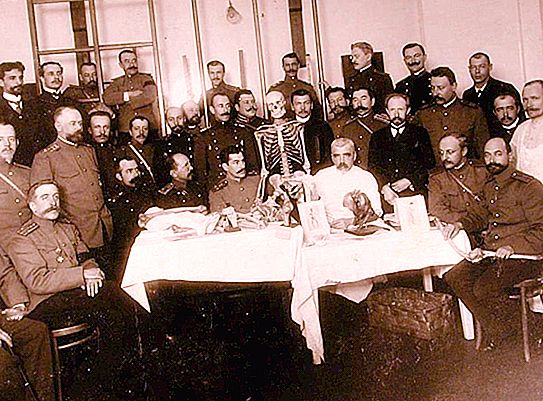
Important medical research was devoted to many of Zagorsky's work. In particular, he wrote in his works on methods for studying flat worms, the healing effects of bloodletting during rabies after being bitten by a sick dog, and treatment of shortness of breath with sandy root and acid gas.
Among his works there are works devoted to the internal use of phosphoric acid, the influence of external and internal factors on the formation of uric acid in the urine, the value of the use of phosphoric acid during bleeding in the uterus, the presence of manganese and iron in the bones, the possibility of the formation of urinary stones in the bladder, medical and physiological studies of the causes of seizures in the treatment of urolithiasis.
In his scientific bibliography there are even works devoted to soap making.
Career heyday
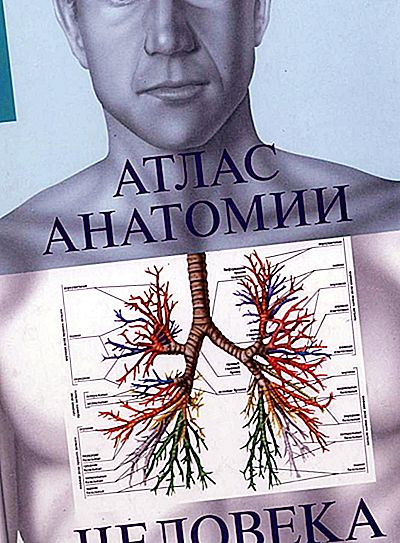
The heyday of the career of the scientist to whom this article is dedicated came at a time when the reform of medical education began in Russia. It was then that the post of associate professor was introduced, to which Zagorsky was invited. In this status, he worked first at the surgical school in Moscow, and then at the St. Petersburg Academy.
A talented practitioner and head healer Zagorsky continued the work begun by his famous predecessors. In particular, Martin Shein and academician Alexei Protasov. The hero of our article was able to adapt the Latin anatomical terminology in his famous study "Abridged Anatomy", which was published in 1802. However, many experts noted that its significant drawback was the lack of illustrations in the book, which greatly complicated the perception of this material.
Acquaintance with Pushkin
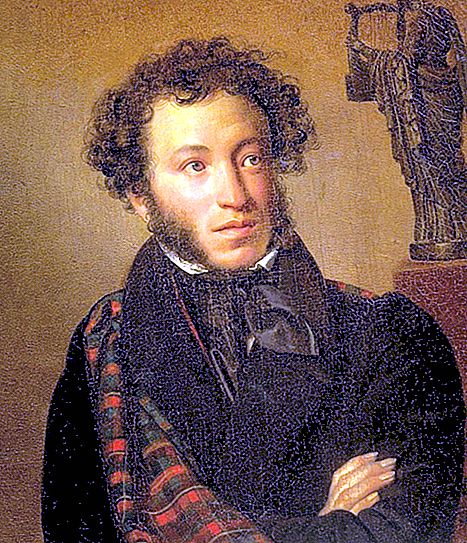
For domestic anatomical and generally medical terminology, an important point was the election of Zagorsky as a member of the Russian Academy. Thanks to him, over time, Alexander Sergeyevich Pushkin was among the academicians. They were personally acquainted, took part in meetings and academic councils together.
It is well known that in 1836, just a few months before his tragic death, the famous Russian poet, along with Shishkov and several other members of the Russian Academy, personally came to the Medical and Surgical Academy to congratulate Zagorsky on the 59th anniversary of his fruitful scientific and research activities.
It is worth noting that Pyotr Andreyevich left behind many talented students who made a significant contribution to the development of domestic medicine. These include the first Russian professor at Moscow University, Semyon Gerasimovich Zabelin, who studied the structure of the kidneys, Alexander Mikhailovich Shumlyansky, the author of a program article entitled "On the structure of the kidneys", as well as the creator of the fundamental course of anatomy Efrem Osipovich Mukhin.




